This article was medically reviewed by Luba Lee, FNP-BC, MS. Luba Lee, FNP-BC is a Board-Certified Family Nurse Practitioner (FNP) and educator in Tennessee with over a decade of clinical experience. Luba has certifications in Pediatric Advanced Life Support (PALS), Emergency Medicine, Advanced Cardiac Life Support (ACLS), Team Building, and Critical Care Nursing. She received her Master of Science in Nursing (MSN) from the University of Tennessee in 2006.
This article has been viewed 61,644 times.
Menstrual cups are flexible, reusable cups that can be inserted and removed throughout the day. When you’re using a menstrual cup, you should change and rinse it at least every 12 hours to avoid unforeseen health issues, such as Toxic Shock Syndrome (TSS). Removing the cup might be tricky at first, but it gets easier with practice! In this article, we'll walk you through how to take it out safely, plus what to do if it gets stuck. Let's get started!
Things You Should Know
- Sit over the toilet with your legs apart, then pinch the base of the cup’s stem. Gently pull the cup down and out, then dump any liquid and rinse.
- If the cup is stuck, lay down and press your finger around the edge of the cup to loosen it. Keep your muscles as relaxed as possible.
- If the cup won’t come out, visit your doctor or an urgent care facility—they’ll be able to remove it without much trouble.
Steps
Basic Cup Removal
-
1Sit on the toilet with your legs spread apart. For most women, removing the cup is as easy as removing a tampon. Position yourself on the toilet with your legs spread so you can easily access your vaginal opening. For more comfort, you may want to bend your legs or lean forward.[1]
- If you can’t remove the cup from this position, try squatting over the toilet slightly and leaning forward for better access.
- As another option, you can lie back on your bed. Bend your knees and spread your legs. Then, insert your index finger into your vagina and hook your finger over the edge of the cup. Gently pull the cup out of your vagina, careful not to spill it.[2]
-
2Insert your thumb and index finger and pinch the base of the stem. The stem is the long, thin plastic piece at the base of the cup. Follow the stem up to the base of the cup, and grasp the base firmly with your finger and thumb to break the seal. Make sure you have a good grip on the cup before proceeding.[3]
- If you've cut the stem to make the cup more comfortable, it may be difficult to find with your fingers at first. Try shifting your position and moving your forefinger to find it.
Warning: Avoid pulling or tugging on the stem, which can cause the cup to gain suction and make removal more difficult.
Advertisement -
3Pull gently downward to remove the cup. Use the base of the cup to pull downward toward your vaginal opening. As the cup begins to come out, reposition your fingers to get a better grip and to prevent any spillage. If the cup seems to be stuck, press around the outer edge with your index finger to loosen the seal further.[4]
- Take your time as you remove the cup. Pulling too quickly can cause the cup to re-suction or might lead to a spill.
-
4Pour the liquid into the toilet and rinse the cup under tap water. Once the cup is out of your vagina, simply turn it over to drain the liquid into the toilet. Then, wash it out with warm water in the sink and pat it dry. If you need to use the cup again, you can re-insert it.[5]
- If you're in a public restroom, you can wait until you get home to wash it thoroughly. Simply wipe the cup thoroughly with toilet paper before re-inserting it.
-
5Practice removing the cup at home first to get better at it. Removing the cup becomes easier with time, and you may need to adjust the process of taking the cup out depending on your anatomy. Before your period, try inserting and removing the cup a few times to make sure you understand how to break the seal and pull the cup out safely.[6]
- If you have trouble removing or inserting the cup, try different sizes to see if you can find a better fit.
Removing a Stuck Cup
-
1Wait at least 30 minutes after you wake up to try to remove your cup. Sometimes, the cup will settle higher in your vaginal cavity, especially after laying down. Leave the cup in for about half an hour after you wake up, and then try to remove it.[7]
- You may need to move around a bit to help gravity shift the cup down. Try walking around or doing some stretches to loosen it.
-
2Lay down to remove the cup if possible. Position yourself on your back with a towel under your body to catch any spills. Support your lower back with a pillow if necessary, and spread your legs as much as possible for access to your vaginal opening.[8]
- It may be helpful to bend your knees up toward your chest to try to shift the cup down toward your vaginal opening.
-
3Insert your finger into your vagina and press around the edge of the cup. Use your forefinger to feel inside of your vagina until you touch the edge of the cup. Then, wiggle your finger around the outside of the cup in a circle to break the seal. Once the seal is broken, pinch the base of the cup to try to pull it out.[9]
- It may take a few tries before the cup becomes loose enough to remove, so be patient.
Tip: Try pushing downward with your vaginal muscles as you break the seal, as this can sometimes help loosen the cup.
-
4Keep your muscles relaxed as much as possible. The more anxious you get, the tighter your muscles will hold on to the cup. Once you’ve broken the seal most of the way and are ready to pull the cup out, take a moment to calm yourself with a few deep breaths. Keep in mind that the cup will come out eventually.[10]
- There’s no way for the cup to get “lost” inside of you, but it can suction in the wrong position and make you feel uncomfortable
-
5Visit your doctor as soon as possible if you can’t remove the cup. It's very rare, but it is possible that you won't be able to remove it yourself. If that happens, don't be embarrassed. Go to your doctor or urgent care facility and explain the situation. A nurse or physician should be able to remove the cup quickly and easily.[11]
- In some very rare cases, they may send you to the emergency room to have a doctor take a closer look if the cup is too deep to remove at their office.
Warnings
- Never leave the cup in for more than 12 hours, as this can put you at risk for Toxic Shock Syndrome (TSS).⧼thumbs_response⧽
- Always sanitize your cup after your period to ensure no harmful bacteria grow on it. Wash your cup with warm, soapy water. Make sure you clean the area around the suction holes and rim to remove any stuck on fluids. Use a soft bristle brush as necessary to lightly scrub the cup.⧼thumbs_response⧽
References
- ↑ https://health.clevelandclinic.org/tired-of-tampons-here-are-pros-and-cons-of-menstrual-cups/
- ↑ https://www.wellandgood.com/good-advice/menstrual-cup-removal-tips/
- ↑ https://health.clevelandclinic.org/tired-of-tampons-here-are-pros-and-cons-of-menstrual-cups/
- ↑ https://health.clevelandclinic.org/tired-of-tampons-here-are-pros-and-cons-of-menstrual-cups/
- ↑ https://health.clevelandclinic.org/tired-of-tampons-here-are-pros-and-cons-of-menstrual-cups/
- ↑ https://health.usnews.com/health-news/health-wellness/slideshows/tampons-pads-or-menstrual-cups-a-womans-guide-to-period-products?slide=7
- ↑ http://menstrualcup.co/how-to-use-the-stem-during-menstrual-cup-removal/
- ↑ https://www.wellandgood.com/good-advice/menstrual-cup-removal-tips/
- ↑ https://www.wellandgood.com/good-advice/menstrual-cup-removal-tips/
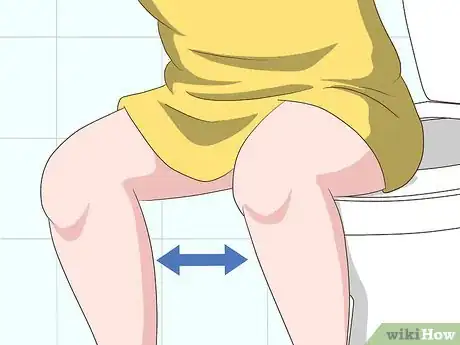

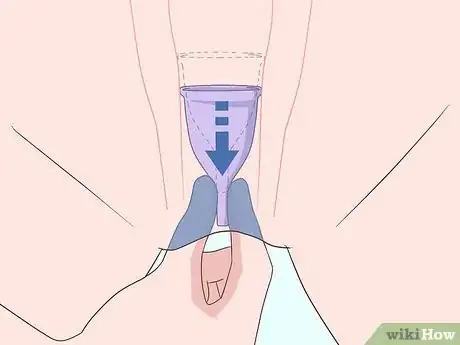
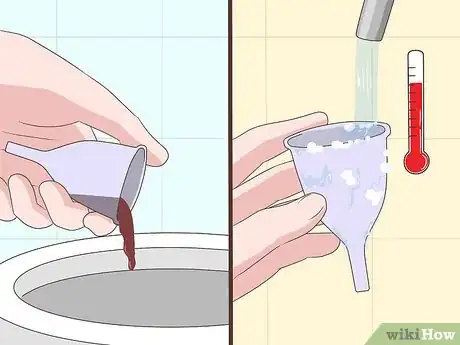
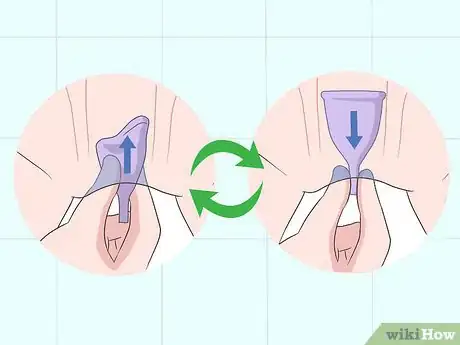

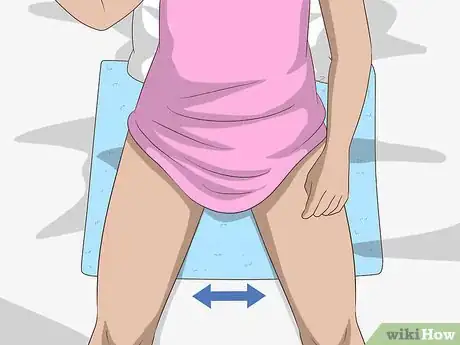
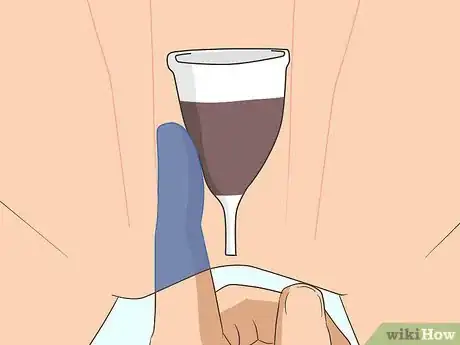



-Step-14.webp)





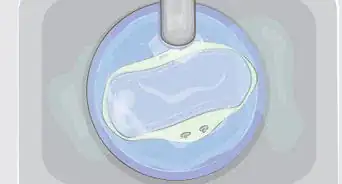
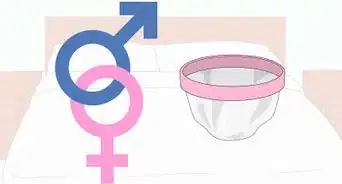
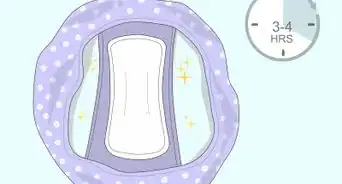
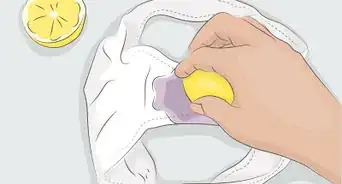










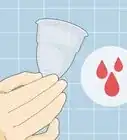
-Step-14.webp)






































Medical Disclaimer
The content of this article is not intended to be a substitute for professional medical advice, examination, diagnosis, or treatment. You should always contact your doctor or other qualified healthcare professional before starting, changing, or stopping any kind of health treatment.
Read More...